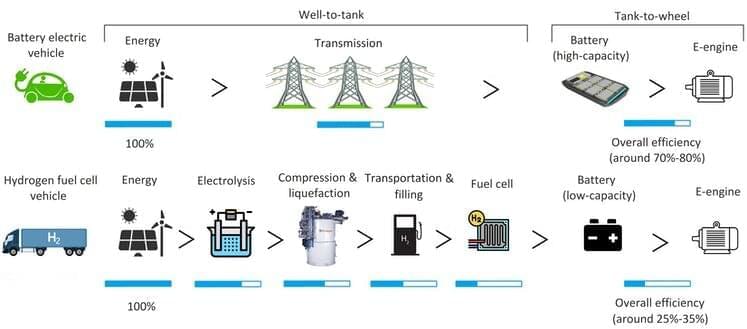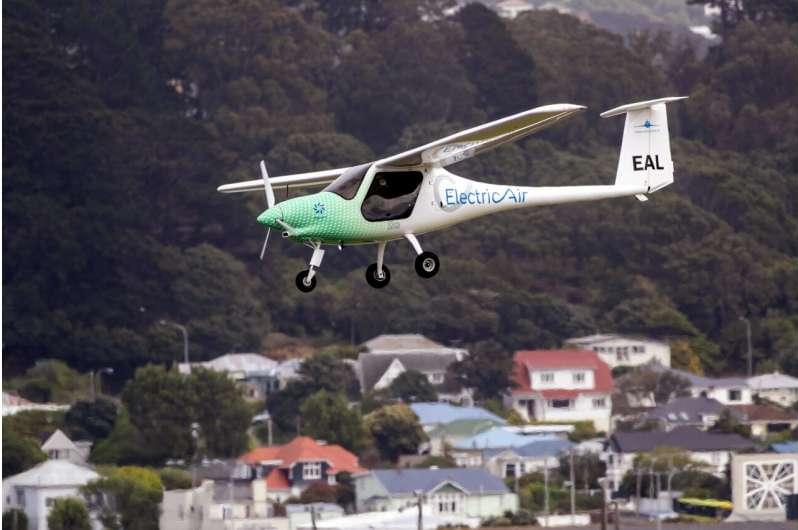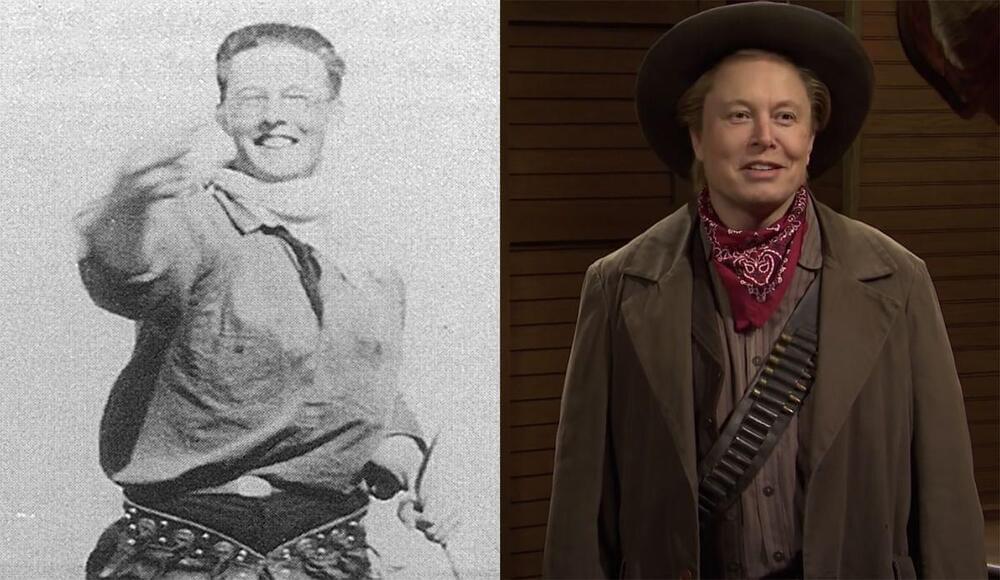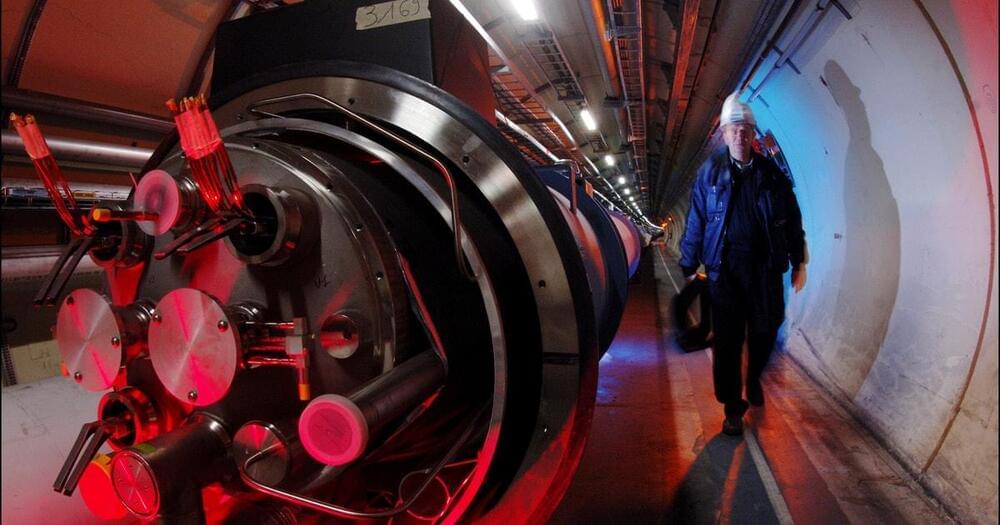It takes seven months to get to Mars in an efficiently engineered spaceship, covering the distance of 480 million kilometers. On this journey, a crew would have to survive in a confined space with no opportunity to experience nature or interact with new people. It is easy to imagine how this much isolation could have a severe impact on the crew’s well-being and productivity.
The challenges long-duration space travelers experience are not foreign to regular folk, although to … See more.






